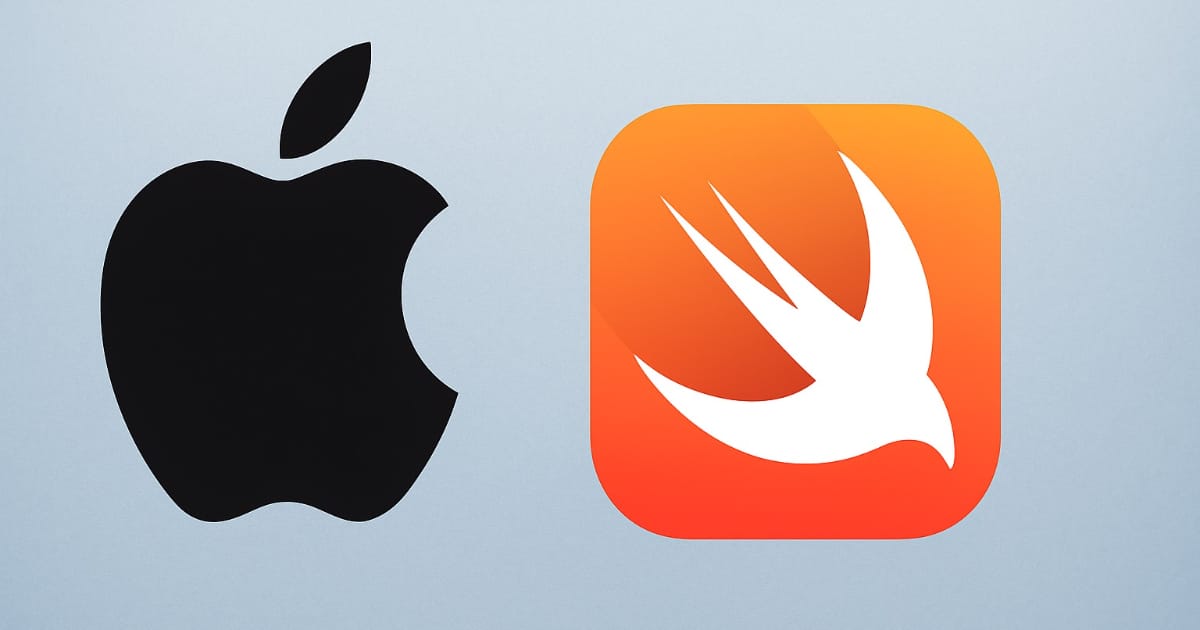Apple has quietly achieved a significant technical milestone, migrating its critical password monitoring service from Java to Swift and delivering an impressive 40% performance improvement in the process. This move underscores the tech giant's continued commitment to its homegrown programming language while highlighting the tangible benefits of strategic technology migrations.
The Strategic Shift Behind the Scenes
The migration represents more than just a programming language change—it's a calculated move that demonstrates Swift's maturity as an enterprise-grade solution. Apple's password monitoring service, which helps users identify compromised credentials and weak passwords across their devices, processes millions of security checks daily. The 40% performance uplift translates to faster response times for users and reduced computational overhead for Apple's infrastructure.
This transition is particularly noteworthy given Java's long-standing reputation as a robust, enterprise-ready platform. For Apple to migrate away from Java suggests that Swift has reached a level of stability and performance that makes it a viable replacement for mission-critical services.
Swift's Growing Enterprise Footprint
When Apple introduced Swift in 2014, it was primarily positioned as a modern alternative to Objective-C for iOS and macOS development. However, the language has steadily evolved into a powerful tool for server-side development and system programming. The password monitoring service migration marks another significant validation of Swift's capabilities beyond mobile app development.
The performance gains achieved in this migration align with Swift's design principles. The language was built from the ground up with performance in mind, featuring:
- Memory safety without garbage collection overhead
- Optimized compilation that produces efficient machine code
- Type safety that enables aggressive compiler optimizations
- Native performance characteristics similar to C and C++
Real-World Impact on User Experience
For Apple users, this performance improvement means faster security assessments when using features like Password Monitoring in Settings or iCloud Keychain. The service can now process password strength evaluations, breach detection checks, and security recommendations more efficiently.
Consider the scale: with over 1.8 billion active Apple devices worldwide, even a fraction of users regularly accessing password security features represents millions of daily interactions. A 40% performance improvement at this scale translates to significant infrastructure cost savings and enhanced user satisfaction.
Industry Implications and Broader Trends
Apple's successful migration reflects a broader industry trend toward adopting modern programming languages for performance-critical applications. Companies like Discord have famously migrated from Go to Rust for similar performance reasons, while others have moved away from traditional Java deployments in favor of more efficient alternatives.
This move also reinforces Apple's strategy of maintaining technological independence. By proving Swift's viability for backend services, Apple reduces its reliance on external technologies and gains more control over its development stack. This vertical integration mirrors Apple's approach in hardware, where custom silicon has delivered significant advantages.
Technical Lessons for Development Teams
The migration offers valuable insights for enterprise development teams considering similar transitions:
Performance isn't everything, but it matters: While developer productivity and ecosystem maturity are crucial factors, the 40% performance gain demonstrates that language choice can have substantial real-world impact.
Gradual migration strategies work: Apple likely didn't migrate the entire service overnight. Successful technology transitions typically involve careful planning, parallel testing, and incremental rollouts.
Investment in language development pays dividends: Apple's continued investment in Swift development, including server-side capabilities, has clearly paid off in practical applications.
Looking Forward: Swift's Expanding Horizon
This migration success story positions Swift for broader adoption in enterprise environments. As more organizations seek alternatives to traditional enterprise languages, Swift's combination of safety, performance, and modern language features becomes increasingly attractive.
The password monitoring service migration also suggests that Apple may be planning additional internal migrations from Java to Swift, potentially affecting other backend services that power iCloud, App Store, and other consumer-facing features.
Key Takeaways
Apple's successful migration of its password monitoring service from Java to Swift represents more than a technical achievement—it's a strategic validation of Swift's enterprise readiness. The 40% performance improvement demonstrates that modern programming languages can deliver substantial benefits when applied thoughtfully to existing systems.
For the broader tech industry, this migration serves as a compelling case study in strategic technology adoption, showing that the right language choice can yield significant performance dividends while supporting long-term architectural goals.
Target Audience: Software developers, tech industry professionals, Apple ecosystem developers, CTOs and engineering managers, technology enthusiasts interested in programming languages and performance optimization.
